#northern Luzon
Explore tagged Tumblr posts
Text

Super Typhoon #PepitoPH (#ManYi) made landfall over Dipaculao, Aurora, Philippines on Sunday, November 17, 2024 at 3:20 PM, with winds up to 241 kph (150 mph), according to PAGASA.
Heavy rains, strong winds and flooding are possible in some parts of (Central Luzon, Northern Luzon, CALABARZON) including the Metro Manila area.
#typhoon#super typhoon#storm#violent storm#Pepito PH#Manyi#Dipaculao#Aurora#Philippines#Central Luzon#Northern Luzon#CALABARZON#Metro Manila
0 notes
Text
No, the Philippines doesn’t widely celebrate Thanksgiving Day. If they do celebrate it, they’d likely have lechon, a spit-roasted suckling pig. But when I went to the village in Kalinga, I happened upon a turkey farm. It was a welcoming anomaly for a tropical archipelago nation.
Taken 2/5/2023.
#cordillera administrative region#happy thanksgiving#kalinga#Philippines#turkey farm#dti region 2#northern Luzon
0 notes
Text

Northern Luzon Giant Cloud Rat
Habitat: Tropical forests, scrubland, and agricultural plantations
Strengths:
Excellent climber thanks to its large hind feet and long claws
Long incisors similar to other rodents, capable of inflicting a strong bite
Weaknesses:
Small size, weighing about 2.6 kg (5.7 lbs) and only 77 cm (30.5 in) long including the tail
Photo by Petr Hamerník
157 notes
·
View notes
Text

The Aeta were the first people to settle the Philippines about 30,000 years ago. They live primarily on northern Luzon. They possess incredible knowledge of medicinal and other useful plants.
130 notes
·
View notes
Text
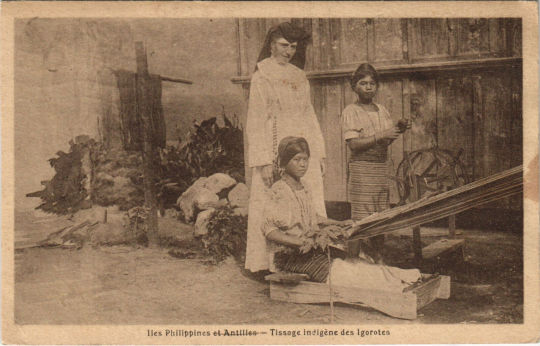
Indigenous tigorot weaving in northern Luzon island, Philippines
Belgian vintage postcard
#weaving#photo#ansichtskarte#belgian#postal#postkaart#sepia#tigorot#tarjeta#ephemera#photography#carte postale#island#historic#philippines#luzon#briefkaart#northern#postcard#vintage#indigenous#postkarte
5 notes
·
View notes
Text






BIRD FORTRESS🐦
Demoman: Blue and yellow Macaw/ Orange Macaw Heavy: Spruce Grouse/ Ptarmigan Engineer: Ploceidae/Pungmeis
Scout: Northern cardinal/ Blue Jay Soldier: Bald Eagle/ Golden Eagle Pyro: ???/??? Medic: Dove/ Luzon bleeding-heart Spy: Crow/ Albino Crow Sniper: Owl/ Snow Owl
#tf2#team fortress 2#bird fortress 2#demoman#heavy#engineer#scout#soldier#pyro#medic#spy#sniper#tf2 demoman#tf2 heavy#tf2 engineer#tf2 scout#tf2 soldier#tf2 pyro#tf2 medic#tf2 spy#tf2 sniper
4K notes
·
View notes
Note
do you know any reptiles native to the philippines?
DO I?!?! DO I?!??!!
Yes, I do.
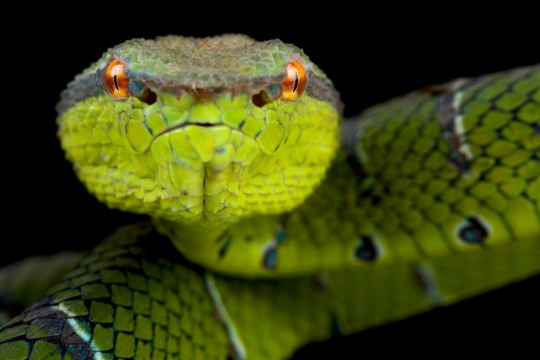
North Philippine Pit Viper (Tropidolaemus subannulatus), family Viperidae, Philippines
Venomous
photograph by Reptiles4all
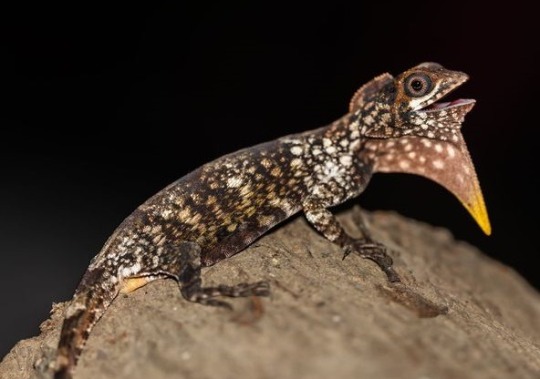
Two-spotted Flying Lizard (Draco bimaculatus), male, family Agamidae, Bohol, Philippines
photograph by Bohol Wild Herping
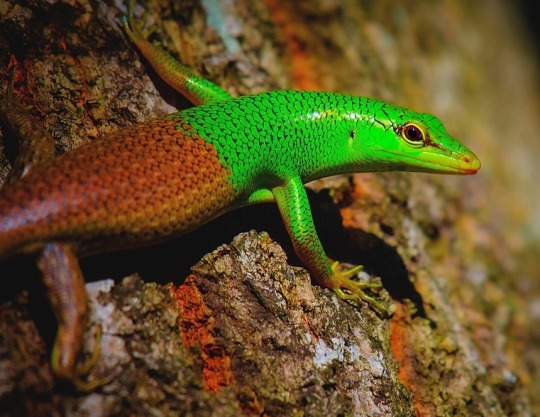
Emerald Tree Skink (Lamprolepis smaragdina), family Scincidae, Jasaan, Misamis Oriental, Philippines
photograph by Domzjuniorwildlife
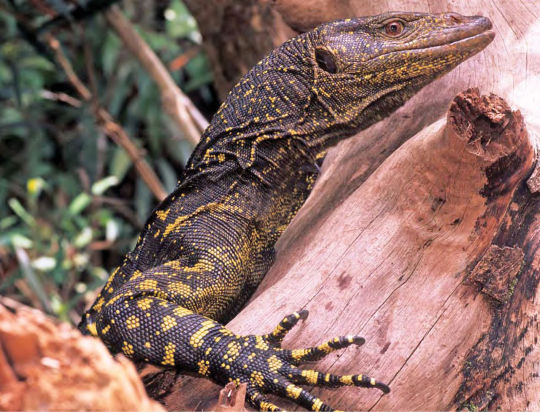
Northern Sierra Madre Forest Monitor Lizard (Varanus bitatawa), family Varanidae, endemic to the northeastern coast of the island of Luzon, Philippines
One of only 3 species of frugivorous (fruit-eating) monitor lizards, a group which is usually carnivorous.
This species is not strictly frugivorous, as they also feed on invertebrates.
photograph by ACD

Sunbeam Snake (Xenopeltis unicolor), family Xenopeltidae, Philippines
photograph by Rupert Grassby-Lewis
267 notes
·
View notes
Text



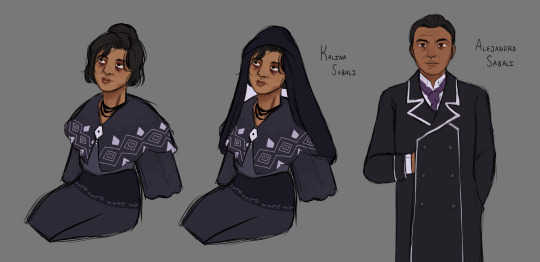


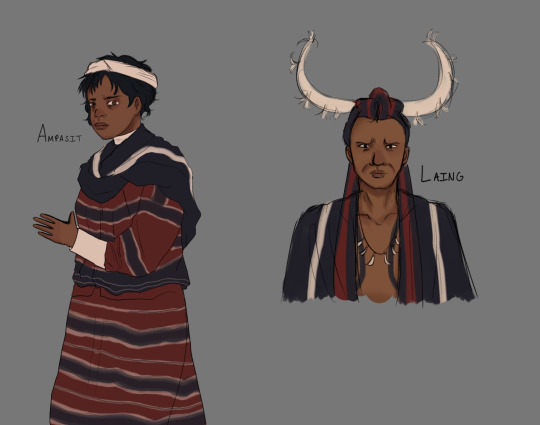

my complete filipino pathologic (PHathologic) au! design notes + farkhad below

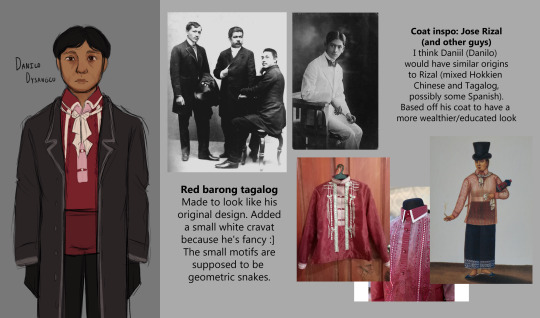
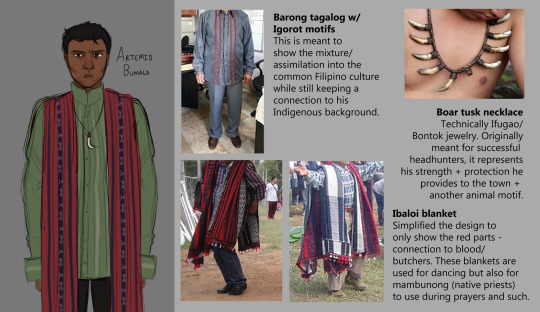

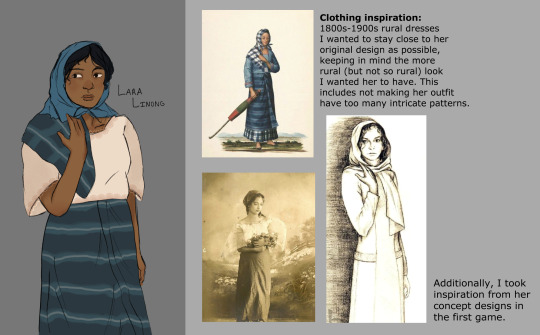
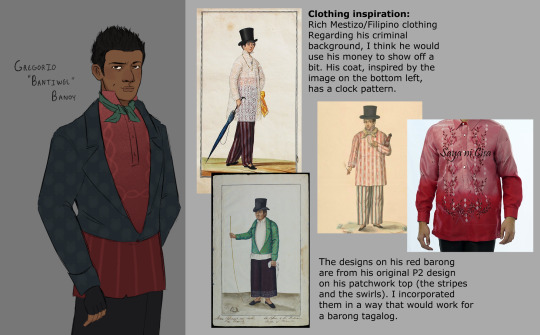

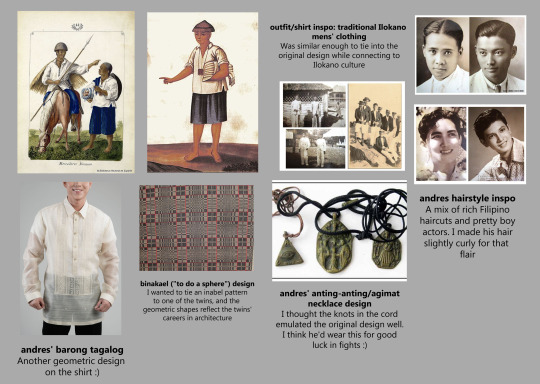

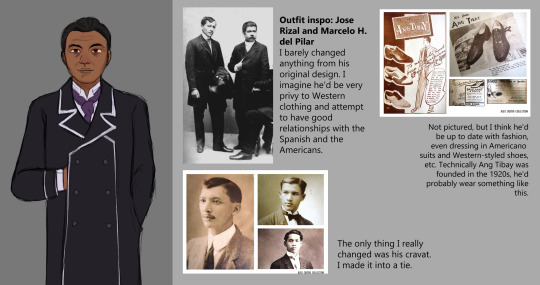
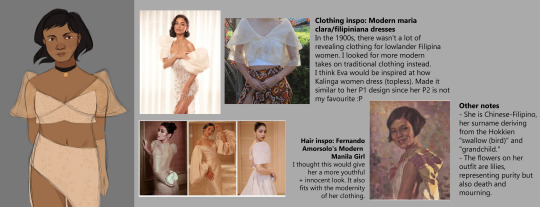
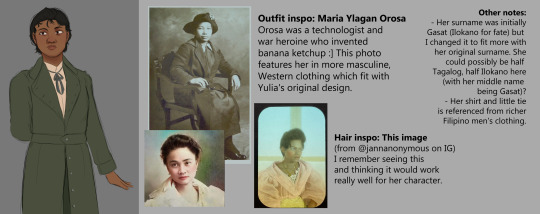
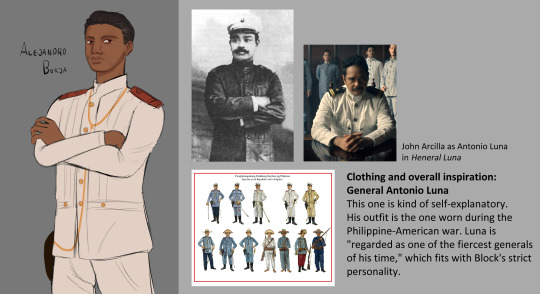
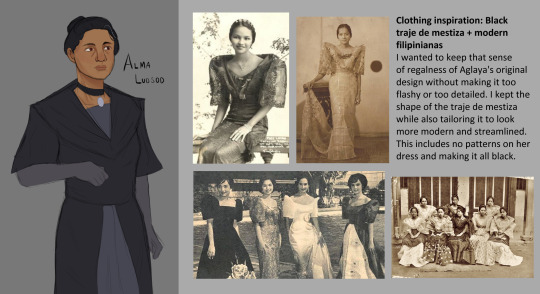
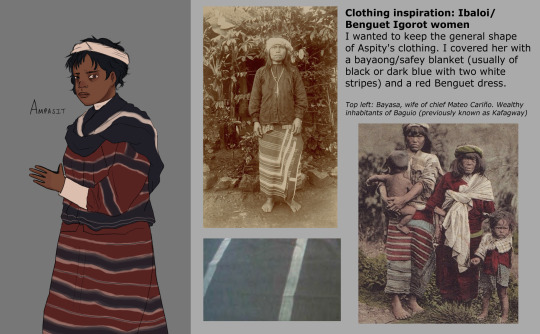

note: my AU is mostly northern luzon based, probably somewhere in modern-day baguio or around that area. this was mostly just a self-indulgent design project so i played around with a lot of historical aspects that are not accurate so apologies for any mistakes on my end :P
also these were done in early 2023 and i lost the drive to do the other characters. if i have time again i might draw them and add them to this post :)
#phathologic#pathologic#Мор Утопия#pathologic 2#daniil dankovsky#artemy burakh#clara the changeling#peter stamatin#andrey stamatin#katerina saburova#alexander saburov#eva yan#yulia lyuricheva#alexander block#aglaya lilich#aspity#oyun#lara ravel#stakh rubin#pathologic grace#casper kain#bad grief#victoria olgimskaya#pathologic murky#pathologic notkin#pathologic sticky#taya tycheek#digital art#character design#2023
409 notes
·
View notes
Note
🥚 i cast spell of please may i have a rat <3

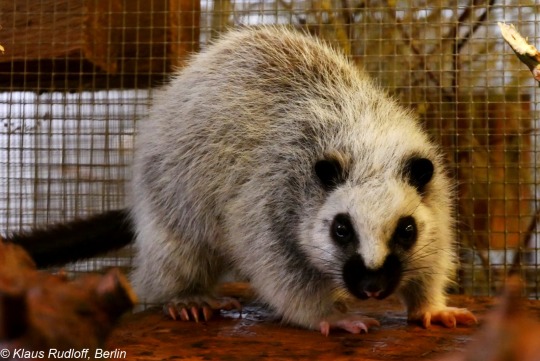
northern Luzon giant cloud rat! (Phloeomys pallidus)
200 notes
·
View notes
Text

December 4, 2024 - Luzon Hornbill or Luzon Tarictic Hornbill (Penelopides manillae) These hornbills are found in rainforests and forests near rivers, as well as fruiting trees in grasslands, in the northern Philippines. They feed on fruit, especially figs, along with insects, small vertebrates, and eggs, foraging in groups of as many as 15 birds. Breeding from March to April, they nest in natural tree cavities. Females incubate the eggs while the males bring them food.
83 notes
·
View notes
Text

Gid Ferrer
• Luzon Hornbill
○ Subic Zambales Philippines 07/2023
The Luzon Hornbill also called Luzon Tarictic Hornbill, is a species of hornbill in the family Bucerotidae. It is endemic to forests on Luzon and nearby islands in the northern Philippines. All five Philippine tarictics were once considered a single species.
59 notes
·
View notes
Text

Gacougnol
Backpack, fiber and rattan.
Ifuago, northern Luzon, Philippines
31 notes
·
View notes
Text
10 uncommon words in iloccano
Ilocano, or Ilokano, is a language that mainly originates from the Philippines' northern region. It is one of the country's predominant languages, particularly in the Ilocos Region (which is in the northwestern region of Luzon), and it ranks as the Philippines' third most spoken language.

The term "Ilocano" is derived from the term "iloc" which in the native tongue means "coast" or "shore." It is named after the place where the original speakers of the language resided along the western coast of Luzon. Ilocano speakers eventually branched out to other places, and today it is spoken by millions of individuals not just in the Philippines but also by Ilocano people overseas.

kaparag-pag -love of my life
2. Taraki -handsome
3. Nalapana - Great body
4. Ala-em -asking someone to get something
5. Rikna -feel
6. Sileng -shiny
7. Makapa llek -funny/hilarious
8. Gura -angry
9. Pannakaammo -Knowledge or awareness
10. Rang-ay – Prosperity or abundance
here is the link of my video
youtube
20 notes
·
View notes
Text
prisoners + where i think they'd come from if they were filipino (based off vibes)
01 - heheh idk metro manila ig... part of me says caraga or davao region idk 02 - calabarzon 03 - tagalog region (probably central luzon?) 04 - metro manila (quezon city or makati) 05 - idk too :/ somewhere in luzon... 06 - also metro manila 07 - also somewhere in the tagalog region 08 - eastern visayas or somewhere in mindanao 09 - central visayas or kapampangan/bikolano 10 - northern luzon
16 notes
·
View notes
Text







Around Baguio--high in the Cordillera Mountain range of Northern Luzon in the Philippines--including some shots from our balcony, the local mall, and friends' houses, plus some Jeepneys, and the little creek that flows through the suburb of Scout Barrio. It's not ALL this pretty, of course--many of the buildings look run-down (as you can see in the pic with the Jeepneys), and Baguio is definitely overcrowded--but there are indeed lots of trees, and plenty of beauty to be had if you look around.
12 notes
·
View notes
Text
A look at the Control Console of the RCWS for the .50 cal. HMG of a PA M113A2 APC
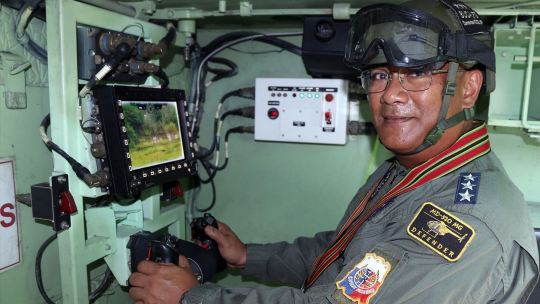
Here is a nice look at the Control Console of the Remote Controlled Weapons Station (RCWS) for the 12.7 mm caliber Heavy Machine Gun (HMG) onboard an M113A2 Armored Personnel Carrier (APC). The Commander of the Northern Luzon Command (NOLCOM), Lieutenant General Fenryl Buca got to Test Fire the System during his visit to the Armored “Pambato” Division of the Philippine Army (PA) recently
Here is the Link to the original Post containing the Picture: https://web.facebook.com/ArmorPambatoDivisionPA/posts/pfbid02LJdsQN81ArY8yoT3TBUgWjqqQo4CVuxevctqWwSgnCBUv9kPSTQTQeJVEfwbheWhl
SOURCE: Armor Pambato Division Facebook Page Post, 09/27/23 – 1535H {Archived Link}
Check out the Links to my other Social Media Accounts at https://linktr.ee/rhk111
If you like my Work, buy me a Coffee to help support it at https://www.buymeacoffee.com/rhk111
#remote controlled weapons station rcws#northern luzon command nolcom#fenryl buca#armored pambato division#armored personnel carrier apc#m113a2
0 notes